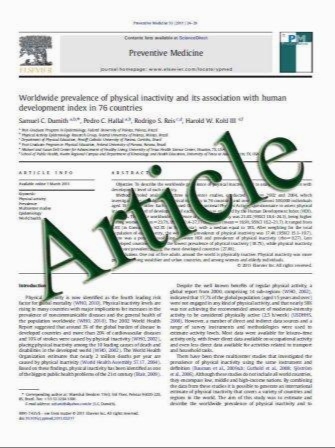Effects of raloxifene and alendronate on bone turnover as assessed by procollagen type I N-terminal propeptide
- نوع فایل : کتاب
- زبان : انگلیسی
- مؤلف : R. Eastell & A. Rogers & X. Ni & J. H. Krege
- چاپ و سال / کشور: 2010
Description
Summary Raloxifene decreases PINP into the lower half of the premenopausal reference interval; alendronate decreases PINP more, with approximately 60% of alendronate-treated women having PINP concentrations below the lower limit of the premenopausal reference interval. Introduction The purpose of this study was to evaluate the distribution of serum procollagen type I N-terminal propeptide (PINP) concentrations in women with postmenopausal osteoporosis prior to treatment and after treatment with either raloxifene or alendronate for 12 or more months. Methods Included were data from 1,323 postmenopausal women aged 45 to 87 years, collected at baseline or after treatment with either alendronate 10 mg/day or raloxifene 60 mg/day. These patients had participated in one of four clinical trials in which intact PINP was measured by radioimmunoassay (Orion Diagnostica). A premenopausal reference interval from 16.0 to 75.8 ƒتg/L was determined from 68 premenopausal, non-pregnant women. Results Most postmenopausal osteoporotic patients prior to treatment had PINP values in the upper half of the premenopausal reference interval at baseline (70%). After .12 months of therapy, most patients who received raloxifene had PINP concentrations in the lower half of the premenopausal reference interval (58%), whereas among those who received alendronate, around 60% of patients had PINP concentrations below the lower limit of the premenopausal reference interval. Conclusion PINP may be useful for assessing differences in bone turnover response to different types of anti-resorptive therapy.
Osteoporos Int (2011) 22:1927–1934 DOI 10.1007/s00198-010-1380-5 Received: 31 March 2010 / Accepted: 17 August 2010 / Published online: 14 September 2010


